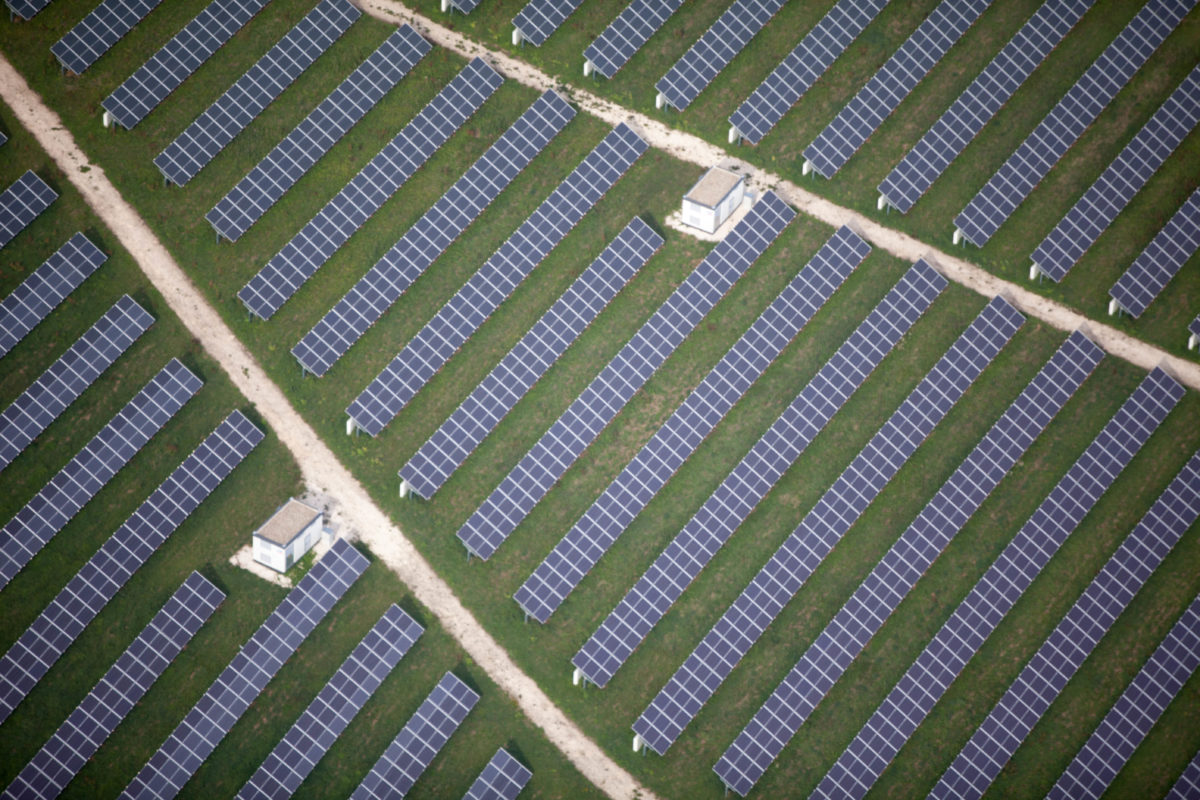Czech utility CEZ Group has recently commissioned a 3 MW ground-mounted solar plant in Bechyně, in the South Bohemian region of Czechia.
Although relatively small in size, the completion of the solar park represents a new beginning for Czech PV, as utility scale PV projects have been banned for years from the country's energy landscape and solar was also excluded by the planned auctions for large scale renewables.
“CEZ Group is currently planning solar plants with thousands of megawatts in industrial areas or on reclamation sites, which will replace coal-fired power plants,” the utility said in a statement. The group currently operates around 120 MW of PV capacity, most of which was deployed in 2009 and 2010, when a FIT scheme for large scale solar was in place which the media blamed as too generous, amid accusations of fraud by the country’s “solar barons.” In 2014, a special solar tax of 26% was levied on FITs paid to large scale facilities connected in 2010.
“There are more large scale projects under development in Czechia, that are hoping to be financed through the modernisation fund that was announced this year,” Jan Krčmář, chairman of the Czech Solar Association, told pv magazine. “These projects will need to secure a PPA, as there are no auctions or other incentives for new solar power plants.”
According to him, however, the PPA market is currently one of the main bottlenecks in Czechia, which the association has been warning about for years. “New large projects will receive capex subsidies, but will otherwise have to find a commercial off-taker,” Krčmář explained. “The problem is that banks tend to prefer long-term PPAs of approx[imately] 10 years, which are not common at all in Czechia, and you can count the number of PPAs related to renewable energy projects on one hand.”
Krčmář said that there are several investors that want to build large scale PV but do not know what to do with the electricity produced and what business model they should adopt. “We have made this a priority in the association and want to prepare a PPA platform and a PPA standard for companies to use to help kick-start the market,” he also stated. “We are now seeing that after 11 years of constant uncertainty, there just isn't the level of trust from banks and investors in the market, which is why we think that PV auctions would have been a better way of kick-starting the PV market, and not a capex subsidy.”
Launched on May 31, the SER+ program has a budget of CZK4.5 billion (€177 million). The funds are being assigned through a series of competitive calls, and projects located in areas affected by a decline in coal mining will be prioritized. Each selected project may secure funds to cover up to 50% of the costs for buying and installing the PV system, for a maximum of €280,000 per megawatt installed.
Of the program's total budget, CZK1 billion (€39.3 million) is allocated for projects not exceeding 1 MW in size and CZK3.5 billion is earmarked for solar installations with a capacity of over 1 MW.
According to the International Renewable Energy Agency, Czechia had 2,073 MW of installed solar power at the end of 2020, 13 MW less than it had at the end of 2019. The nation has also provided incentives for rooftop PV through a Green Savings Program, and to solar-plus-storage projects through a separate, dedicated scheme.
This content is protected by copyright and may not be reused. If you want to cooperate with us and would like to reuse some of our content, please contact: editors@pv-magazine.com.




1 comment
By submitting this form you agree to pv magazine using your data for the purposes of publishing your comment.
Your personal data will only be disclosed or otherwise transmitted to third parties for the purposes of spam filtering or if this is necessary for technical maintenance of the website. Any other transfer to third parties will not take place unless this is justified on the basis of applicable data protection regulations or if pv magazine is legally obliged to do so.
You may revoke this consent at any time with effect for the future, in which case your personal data will be deleted immediately. Otherwise, your data will be deleted if pv magazine has processed your request or the purpose of data storage is fulfilled.
Further information on data privacy can be found in our Data Protection Policy.